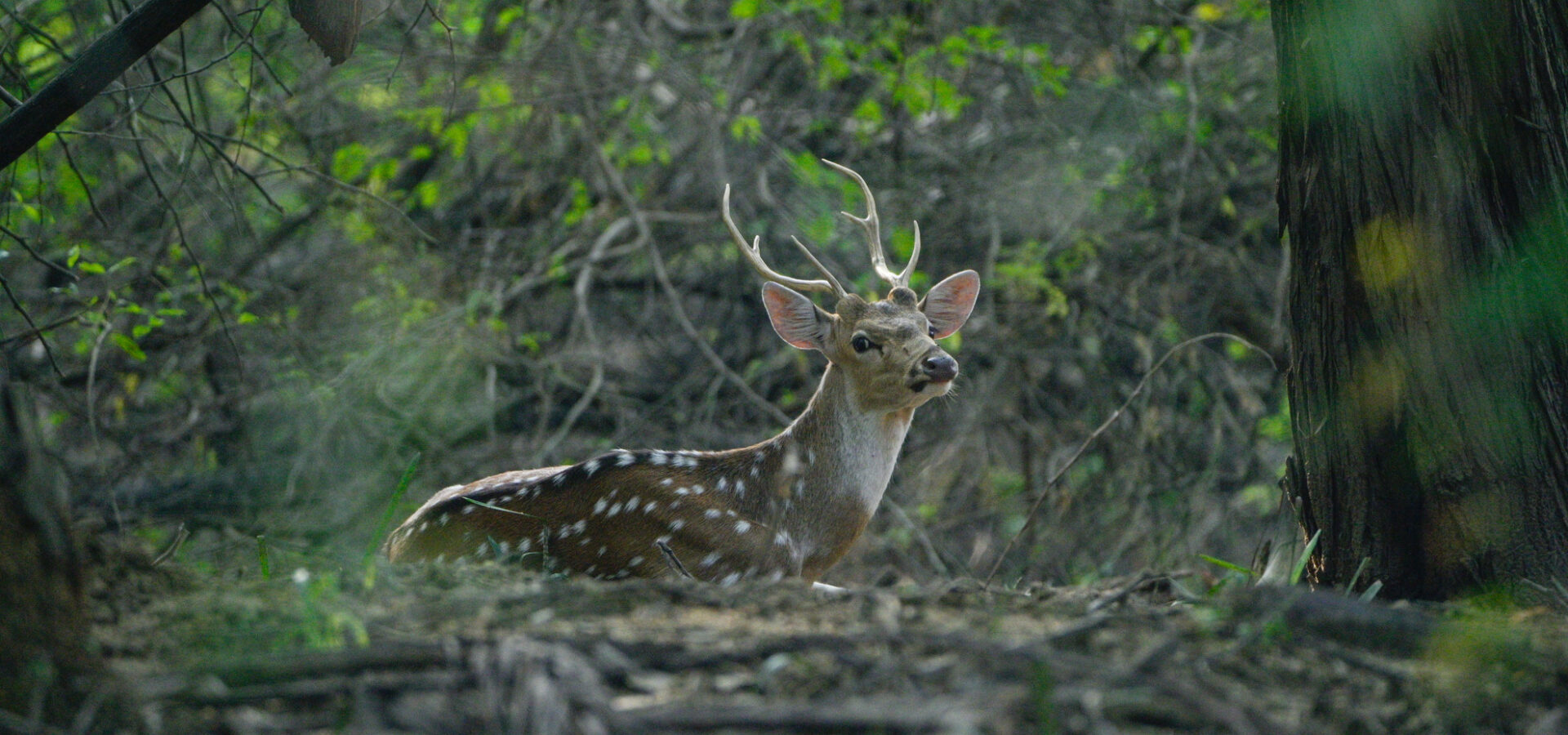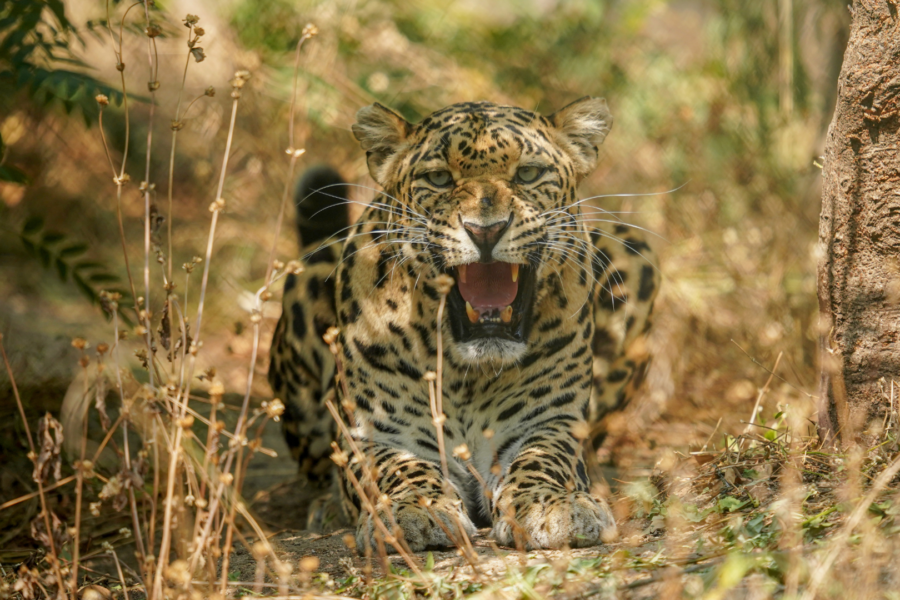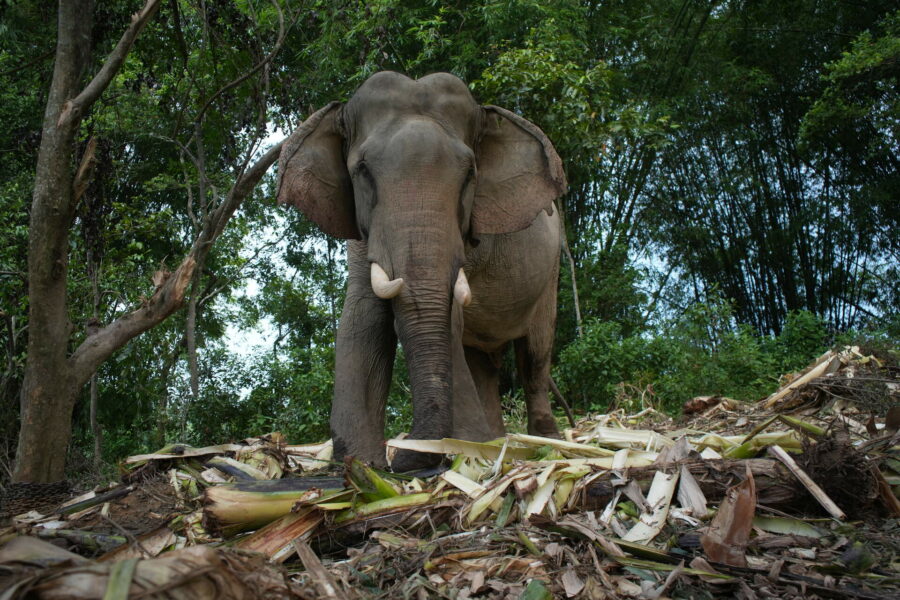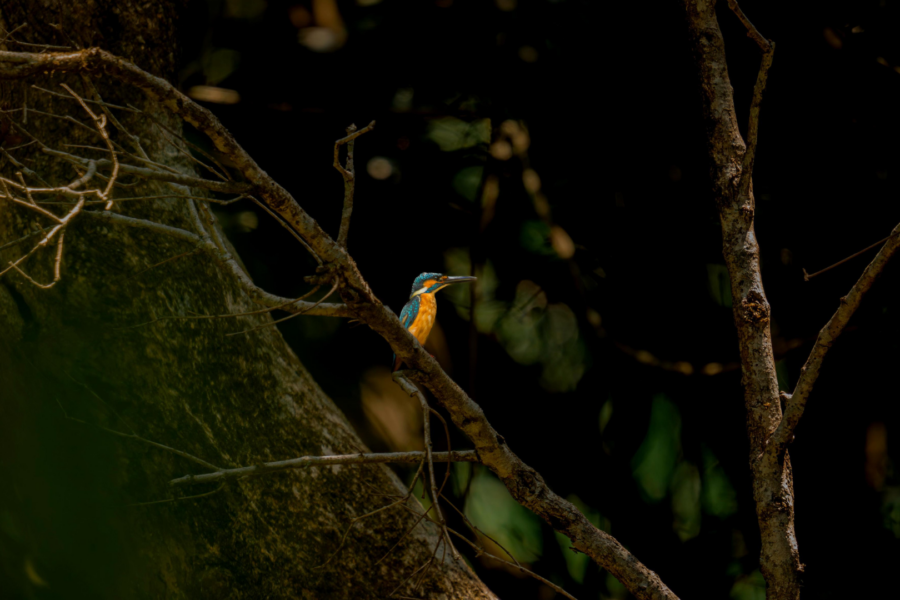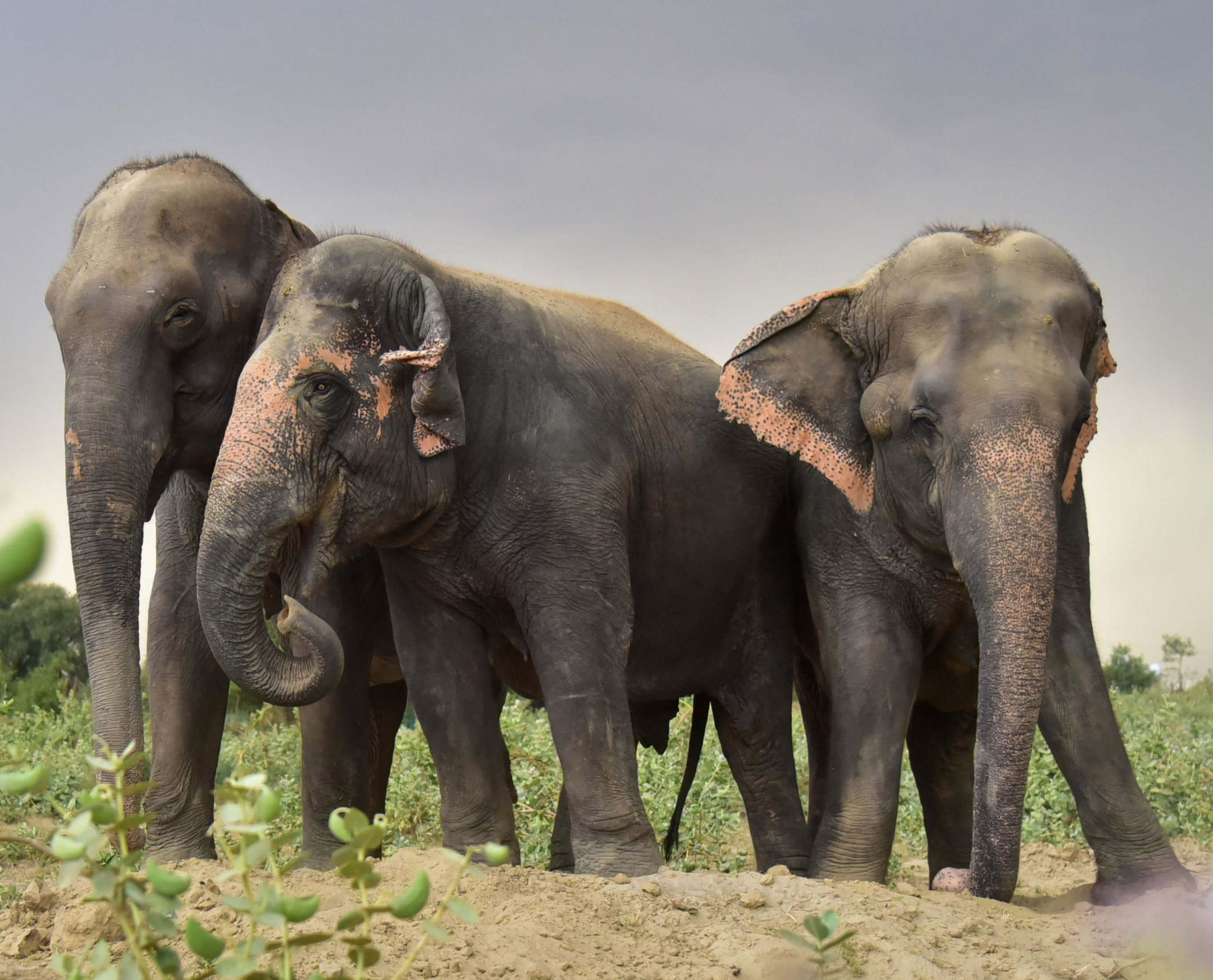Forests have long held a certain mystique—vast, untamed, and filled with whispers and songs of the earth. They are entire worlds within themselves, alive and humming with those that are little known to us. Perhaps that is why this quote — ‘the clearest way to the universe is through the forest wilderness’ — rings true for those who walk through them.
Yet, for all its wonder, the wild now demands care. The allure they carry comes with responsibility, to respect the beings we share this planet with and to navigate encounters with them with wisdom and care. Stepping into the wilderness is not just an act of exploration, but a quiet agreement to move with respect, and to recognise that this is not merely a place for us to wander, but a home to countless beings.
Missteps, even unintentional ones, can have disastrous consequences for both humans and animals. In this article, we delve into the do’s and don’ts when one tours the wild so that a balance between wildlife admiration and caution can be struck to keep the experience fun and safe.
What to Do To Nurture Safety
Keep a Respectful Distance:
For those navigating forested spaces or sanctuaries, it is important to observe the wild ones from afar, no matter how fascinating the animal may appear. If you must, use binoculars or a zoom lens to admire their enthralling details without encroaching their space. Instead of invading the wild with loud sounds and insensitivity, one can respectfully observe the environment in a way that doesn’t disrupt the daily routine of its inhabitants.
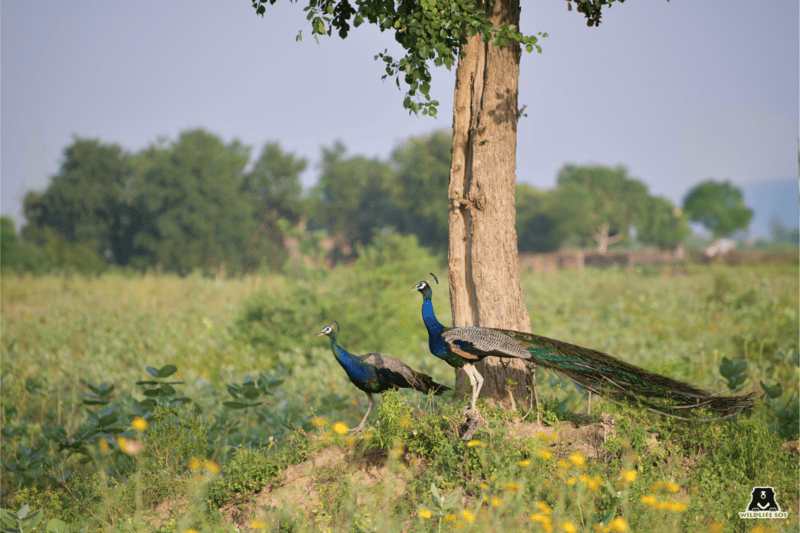
‘In every walk with nature, one receives far more than he seeks.’
Flora and fauna lovers understand what this famous saying by an environmentalist tries to convey — that nature truly reveals its glory to those who minimise their disturbance to natural habitats. Trails and viewing areas exist for a reason — to ensure visitor safety as they explore wild territories. While exploring the spellbinding beauty of the forests may sound poetic and tempting, straying off the safe path might lead you to the tiger’s mouth, literally!

It is important to be aware about both the natural vegetation and the animals found in and around the area where you live. Educating oneself not only fulfills curiosity, it also helps to understand how they contribute in keeping the ecology around us balanced. Additionally, understanding animal behaviour can convert an aggressive reaction to a more informed and sensitive one, therefore promoting peaceful coexistence.
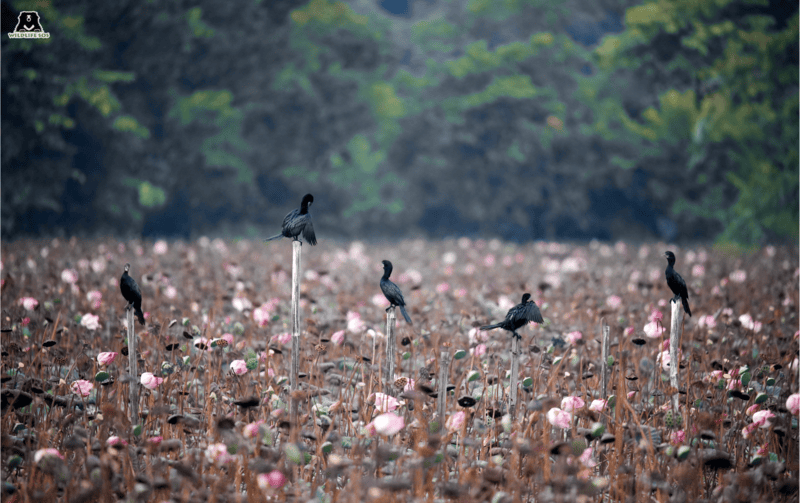
Bringing along plastic bags or food may not be the wisest choice while touring natural reserves. While edible items are bound to attract the attention of animals towards your lunch-box, and inevitably you, disposing of plastic is hazardous to both nature and the living beings residing in it. In fact, littering doesn’t just ruin landscapes—it changes ecosystems! A wise option would be to not carry snacks and refrain from disposing waste in the wild.
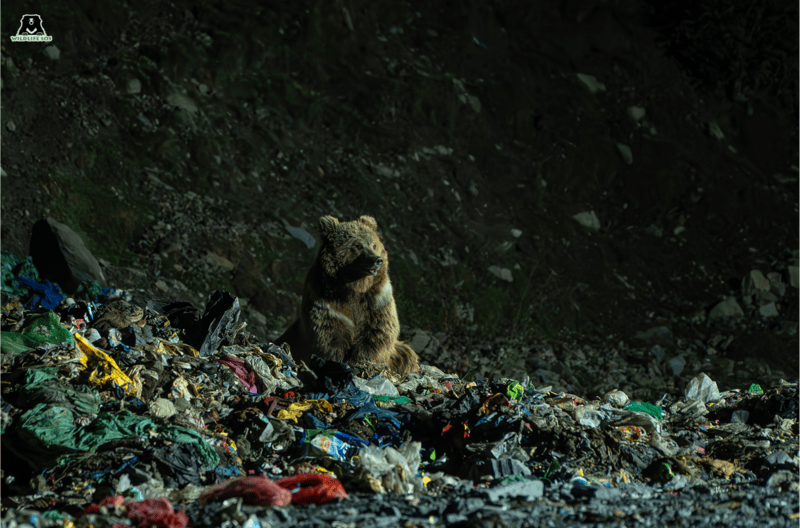
If you encounter an animal in distress or one that has wandered into human habitation, immediately contact the local wildlife authorities. Organisations like Wildlife SOS have rescue and medical teams that are equipped to handle such situations aptly. When our Rapid Response Unit conducts a rescue operation, the health of the concerned animal is given due attention, and a mandatory check-up and subsequent treatment is provided before releasing them back to a suitable habitat.
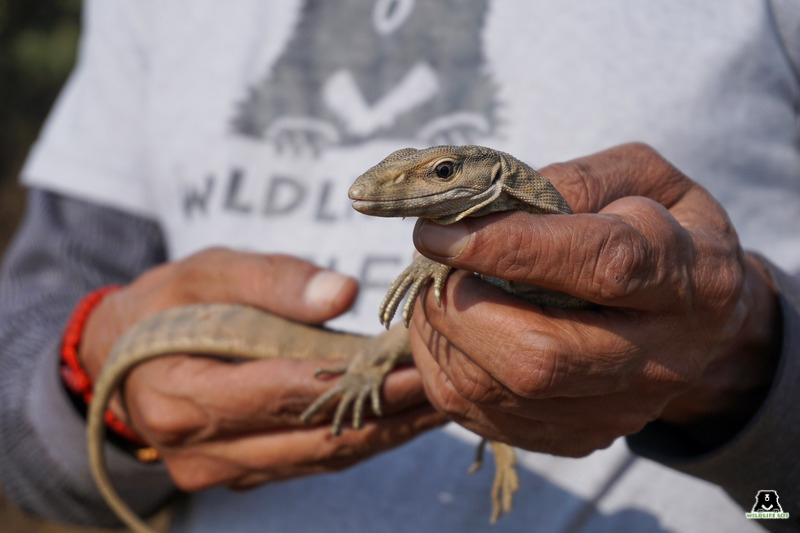
What to Avoid: Common Missteps and Their Consequences
Feeding the Animals:
Since the discovery of fire millennia ago, humankind has made a gastronomic journey spanning centuries and has never looked back. Nonetheless, however healthy or delicious our meals may be — they do not nurture the bodies of wild animals in the same way. Human food is more often than not harmful to wildlife, altering their natural diets and behaviours. Feeding animals also encourages their dependency on humans for food, which when denied, can lead to aggression. In extreme cases, an animal’s habituation to human food may lead them to lose their ability to hunt, leaving them vulnerable to starvation.

While a chubby and furry animal cub can tug your heartstrings and urge you to go and play with it— you must proceed with caution! No matter how adorable they might look, we must always keep in mind that they are not domesticated pets and one must tread carefully around them. Moreover, its parents are likely nearby and hyper-vigilant. Approaching young animals will almost always guarantee an aggressive response from their protective mothers.
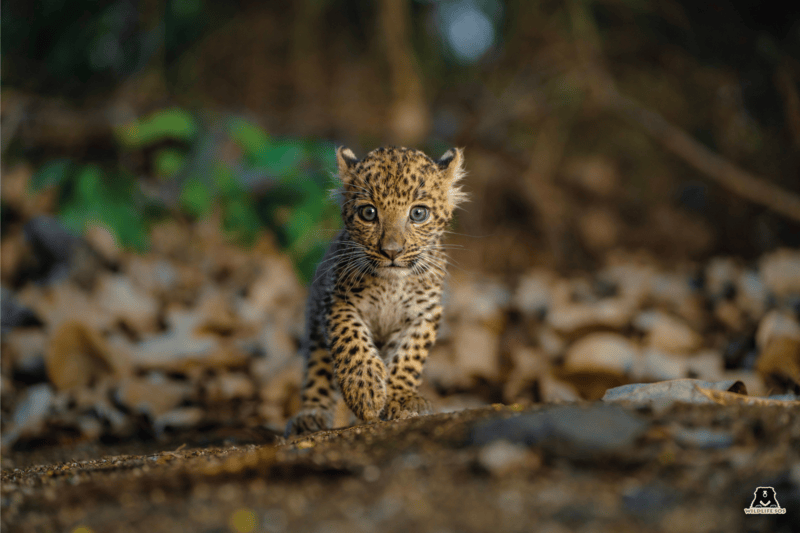
Wild animals have garnered a ferocious reputation, and in a sudden encounter with them, evoke a flight-or-fight response. However, more often than not, they too experience the same spectrum of emotion ranging from surprise to fear while they encounter a human. Animals display clear signals when they feel threatened, such as growling, stomping, or retreating. Ignoring these signs can swifty escalate a conflict situation dangerously.
While we must learn to read their signs of fear, we must also pay attention to those signs that have been left on certain roads and highways. Boards such as “Drive Carefully, Wildlife Crossing” are often overlooked, leading to tragic accidents. Heeding to these signs can alert us to their presence, eventually diminishing the number of road accidents that result in tragic consequences.
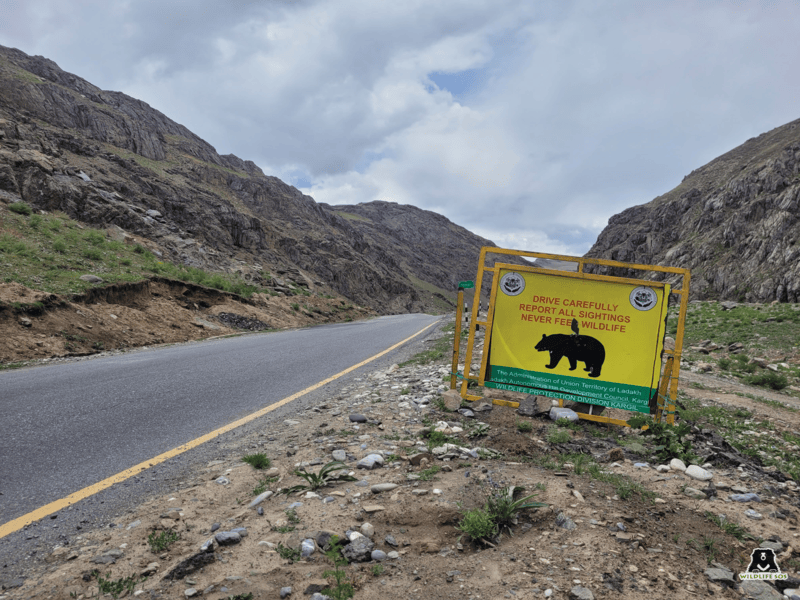
While humans need light at night, we often fail to consider the impact bright lights can have on those species sharing our planet. Exposure to bright light can disorient birds and animals, especially the nocturnal species, impacting their natural behaviour.
Excessive artificial light at night (ALAN) interferes with the routine, paths and timelines that migratory birds have naturally been following.
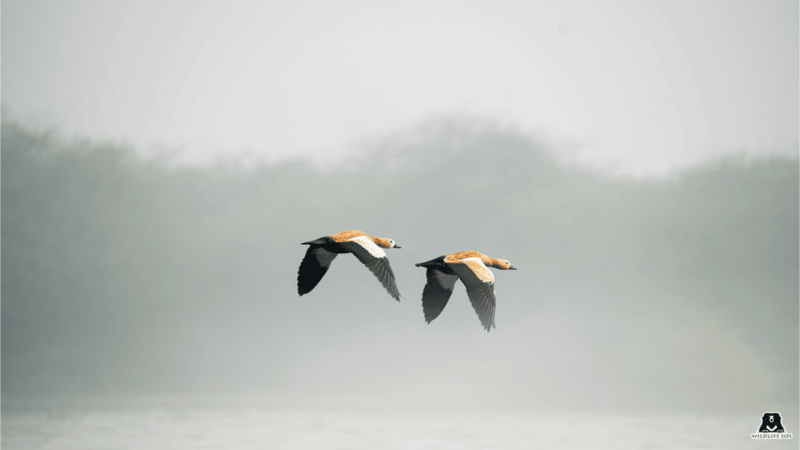
What belongs in the wild, should stay in the wild:
If you happen to find something fascinating or extraordinary while traversing in the woods, how should you proceed? Should you a) take it and run away excitedly? Or b) channel your inner scientist brimming with curiosity and examine it?
The right answer is Neither!
Crossing out the possibility that it may be poisonous, every element that exists within an ecosystem has a purpose that may be known or unknown to us. Be it some shiny rocks, pretty seashells, cute starfishes, fluorescent mushrooms, or anything that may seem trifling, but could hold significant meaning to the ecosystem. Hence, one must not carelessly pick up things in the wilderness as it may actually be advantageous to that environment.

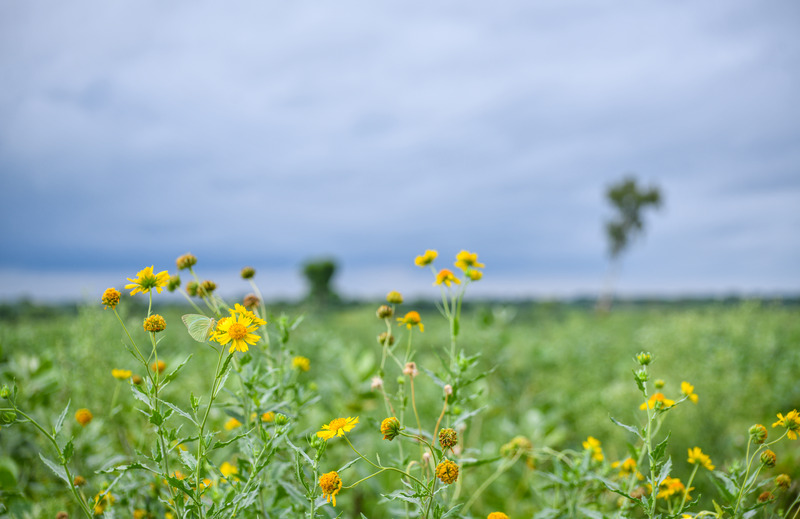
Feature image: Vineet Kumar Singh/ Wildlife SOS

